12 Days
9 Days
Kalga
Kaza
Moderate+
5300 meters / 17384 feets
August
47500 + 5% GST
Arrive at Kalga village
Kalga to Kheerganga
Kheerganga to Tunda Bhoj
Tunda Bhoj to Thakur Kuan
Thakur Kuan to Odi Thatch
Odi Thatch to Mantalai
Mantalai to Parvati base
Parvati base to Pin base via Pin-Parvati Pass
Pin base to Wichkurung/Bhedu Thatch
Wichkurung/Bhedu Thatch to Mud Village and drive to Kaza
Drive from Kaza to Manali
Buffer Day
Route Detail- After an hour of trek you’ll be on the non-tarmac road. The road will take you to the destination Mud village, the last village of pin valley. The village has different shades in both winters and summers and looks very beautiful. This village is also the end point of Pin-Bhabha Trek. You’ll be delighted to be back in civilization again. After having some tea and snacks board into your respective vehicles and drive till Kaza. Kaza is the biggest town of Spiti valley and have all the facilities. It has everything a person needs after 9 days of wilderness. Enjoy the luxury or bed and bathrooms. Celebrate the completion of the trek with delicious food. Overnight stay in the hotel. Highlight of the day- Mud Village and Kaza Town Accommodation- Hotel
Start the journey as early as possible so that you reach Manali on time. Enjoy your journey through Kunzum Pass and Atal tunnel. Reach Manali by evening.
This day will be used in case of any delay happened in the tentative itinerary due to any unforeseen events.
Ensure a smooth adventure with our comprehensive Packing List. From essential gear to personal items, we’ve got everything covered. Prepare efficiently for your outdoor journey, so you can focus on enjoying the experience with Advait Outdoors.
The best time for the Pin Parvati Pass Trek is from July to September, when the snow starts melting, and the trails become accessible. The weather is relatively stable, offering breathtaking views of the contrasting Parvati and Pin valleys.
The trek is considered moderate, requiring prior trekking experience and excellent fitness levels. It involves glacier crossings, steep ascents, rocky terrain, and unpredictable weather at high altitudes.
Essential gear includes sturdy trekking boots, warm clothing (layers), a waterproof jacket, trekking poles, a sleeping bag for extreme cold, a backpack, crampons (if needed for snow), and a personal first aid kit.
The Pin Parvati Pass Trek typically takes 10-12 days, covering approximately 100 km, depending on the itinerary and acclimatization requirements.
Meals are usually provided by trekking organizers, and accommodations include tents at campsites. It is recommended to carry energy-dense snacks like nuts, protein bars, and chocolates to stay fueled during the long trekking days.
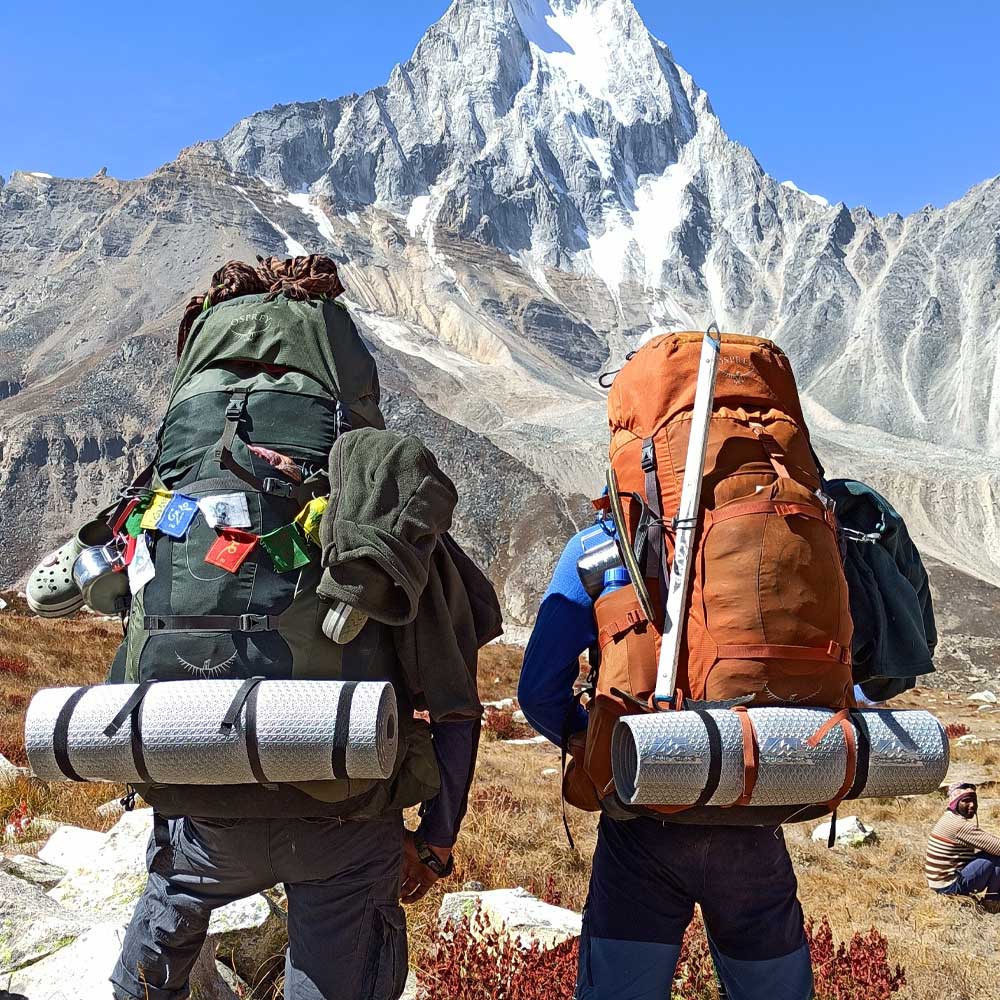
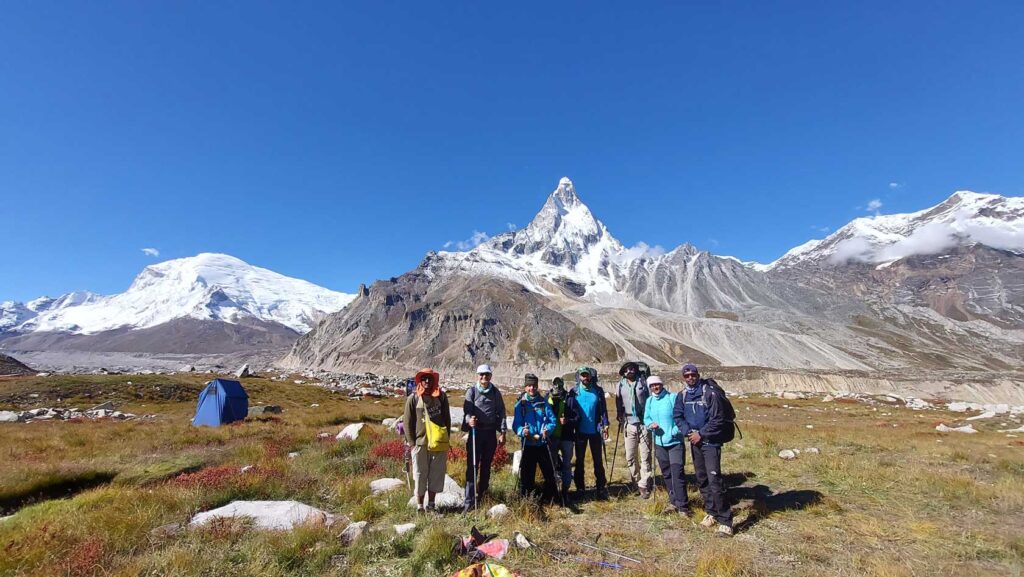
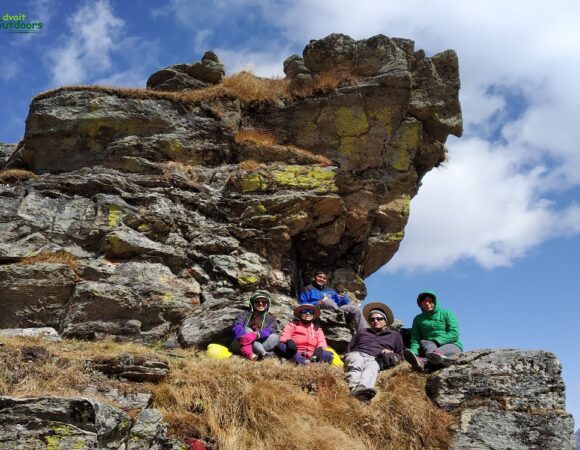
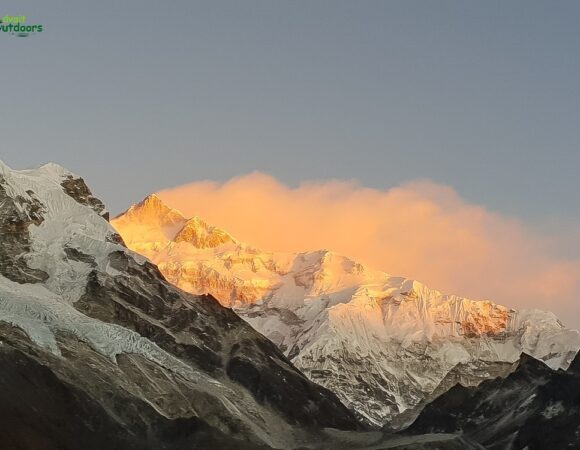
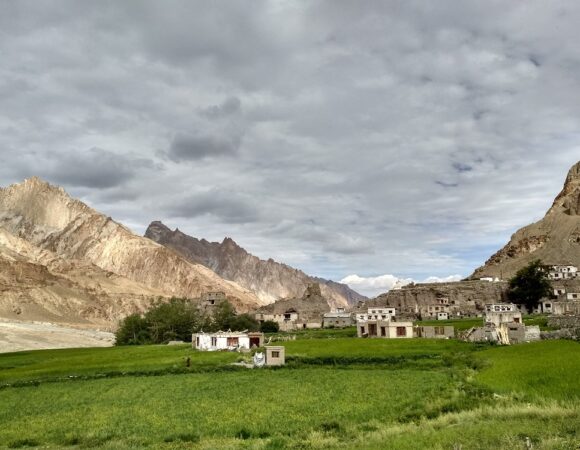
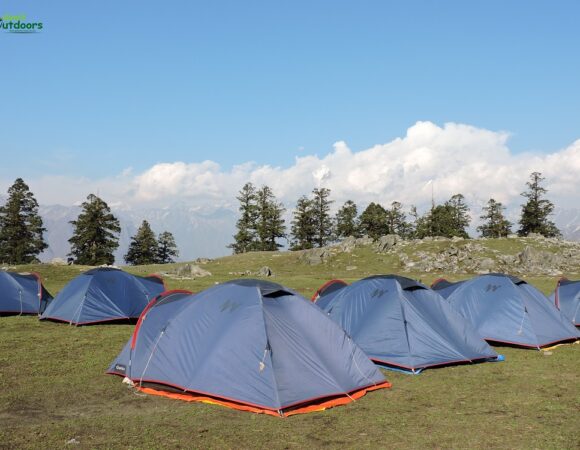
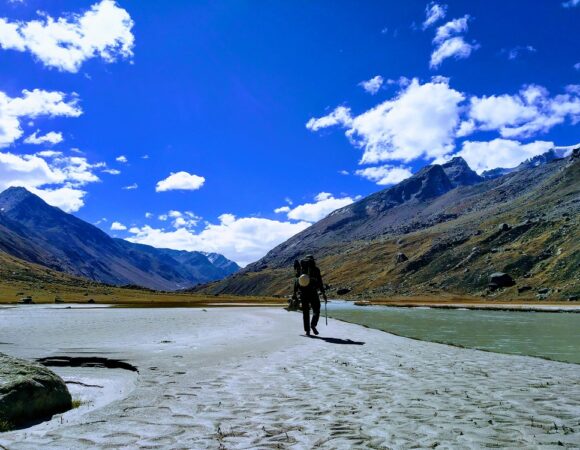

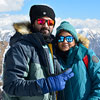
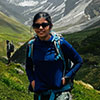
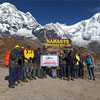
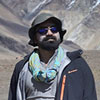

I did Sandhakphu Phalut Trek with Rohit,
Had a wonderful experience with him.
He takes care of all the aspects and had every emergency item carried in his bag pack for all of us (group of 8) including candies too. We heard some of his adventurous stories about his previous treks which made us wanna trek again. Very rarely do we come across youngsters with utmost maturity, principles intact and true to their job. Rohit was all of that. If we do travel soon again, we would definitely contact him to be our leader again.
Thank u Rohit for your perfect leadership and guidance
